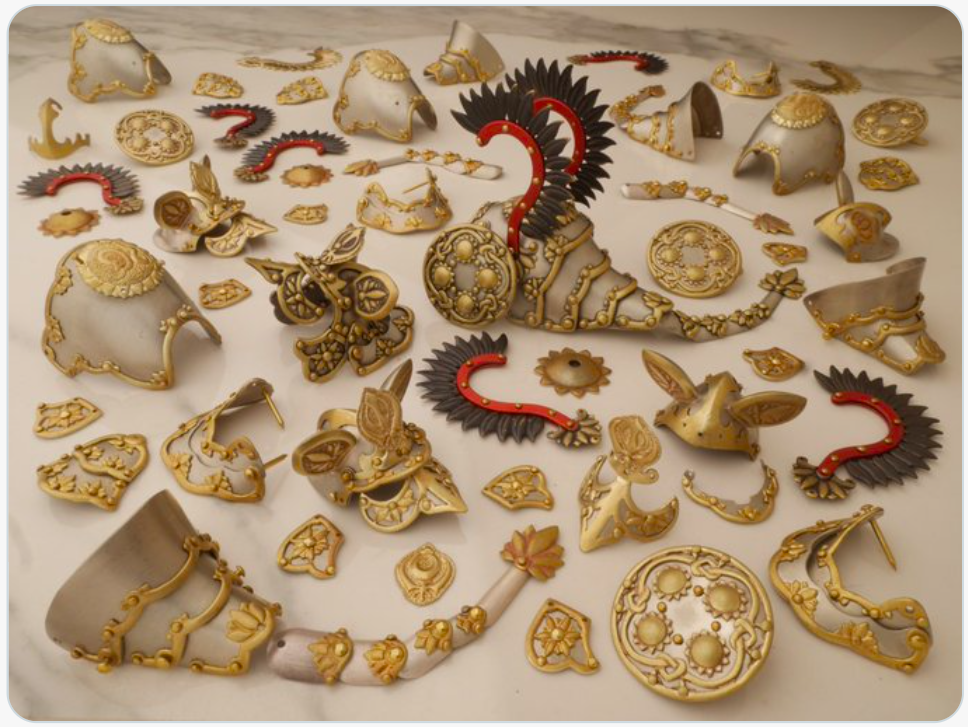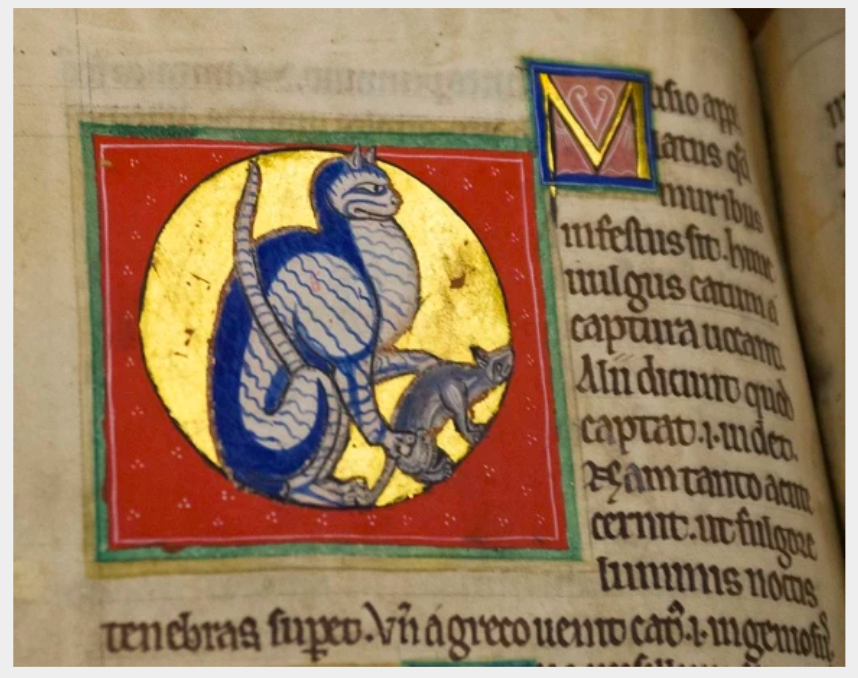As of this writing, Mank is David Fincher’s newest movie — but also, in a sense, his oldest. With Netflix money behind him, he and his collaborators spared seemingly no expense in re-creating the look and feel of a nineteen-forties film using the advanced digital technologies of the twenty-twenties. The idea was not just to tell the story of Citizen Kane scriptwriter Herman J. Mankiewicz, but to make the two pictures seem like contemporaries. As Fincher’s production designer Donald Graham Burt once put it, the director “wanted the movie to be like you were in a vault and came across Citizen Kane and next to it was Mank.”
CinemaStix creator Danny Boyd quotes Burt’s remarks in the video essay above, “When a Modern Director Makes a Fake Old Movie.” After establishing Fincher’s signature use of computer-generated imagery to create not large-scale spectacles but relatively subtle and often period-accurate details, Boyd explains the extensive digital manipulation involved in “aging” Mank.
Fincher’s artists added clouds, dust, “the gleam of vintage lamps,” grain and scratches, “lateral wobbling,” and much else besides. The cinematography itself pays constant homage to Citizen Kane’s then-groundbreaking angles and camera moves, even employing “old-school techniques that digital photography and a decent film budget have made increasingly obsolete” such as shooting day-for-night.
And yet, as most of the comments below Boyd’s video point out, the result of these considerable efforts falls short of convincing. Maybe it’s all the shades of gray between its blacks and whites; maybe it’s the smoothness of everything, including the camera moves; maybe it’s all the modern acting. (As the New Yorker’s Richard Brody puts it, “Our actors are of their time, and can hardly represent the past without investing it with the attitudes of our own day, which is why most new period pieces seem either thin or unintentionally ironic.”) If any filmmaker could overcome all these challenges, it would surely be one with Fincher’s background in visual effects, fascination with Old Hollywood, and notorious perfectionism. For all its success in other respects, Mank proves that one can no more make old movies than old friends.
Related content:
David Fincher’s Five Finest Music Videos: From Madonna to Aerosmith
Based in Seoul, Colin Marshall writes and broadcasts on cities, language, and culture. His projects include the Substack newsletter Books on Cities, the book The Stateless City: a Walk through 21st-Century Los Angeles and the video series The City in Cinema. Follow him on Twitter at @colinmarshall or on Facebook.


























